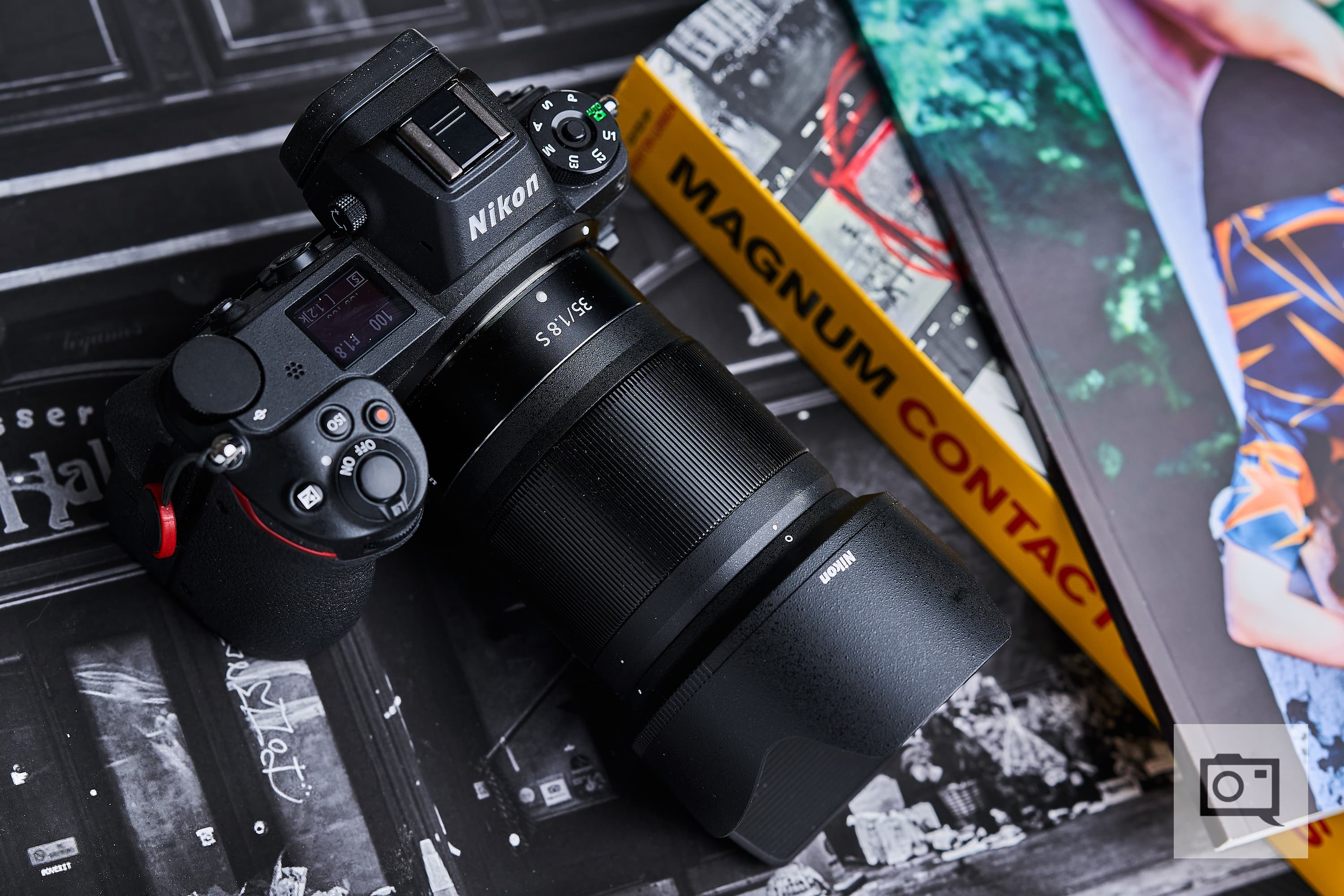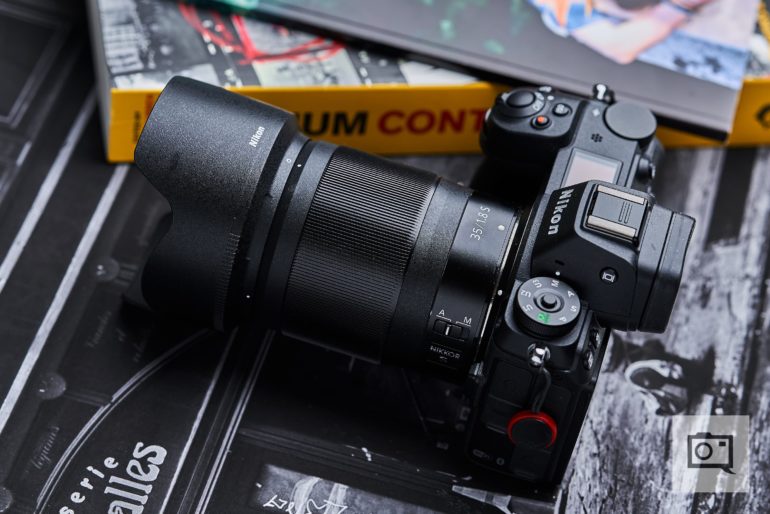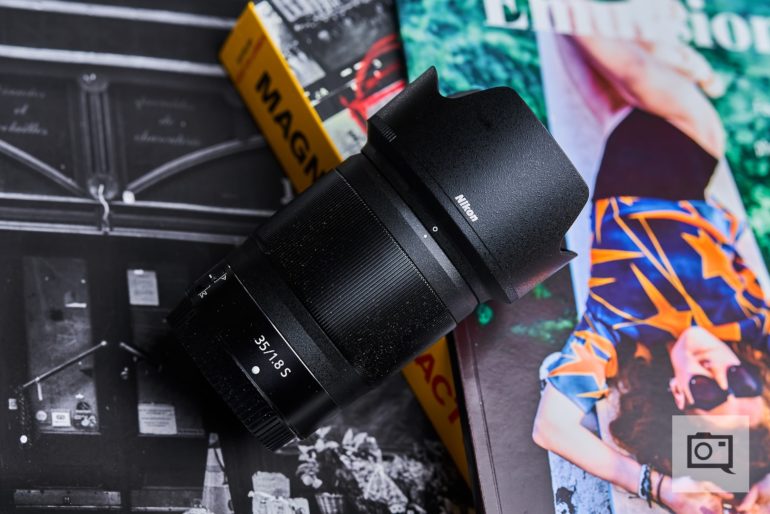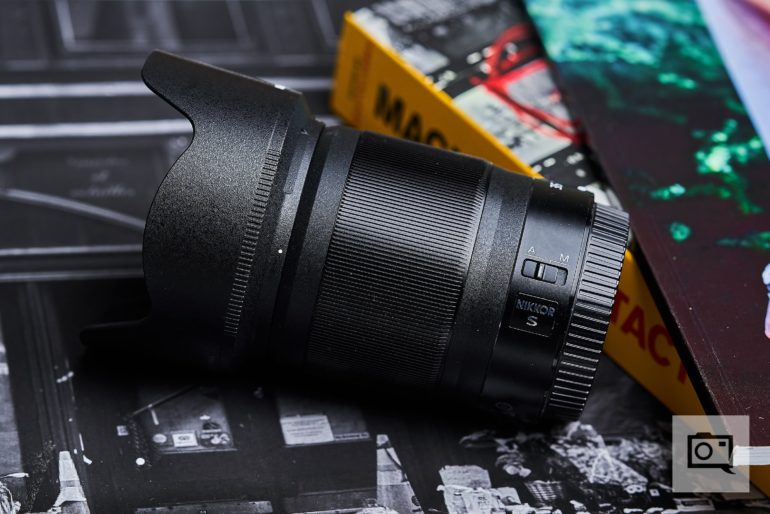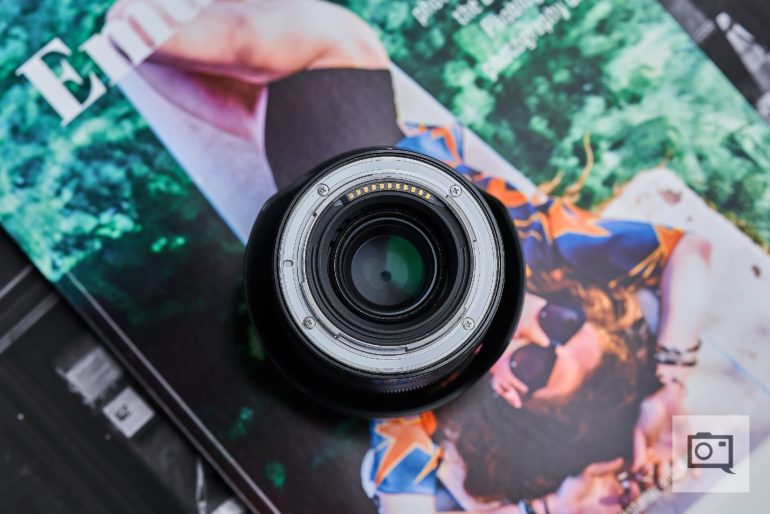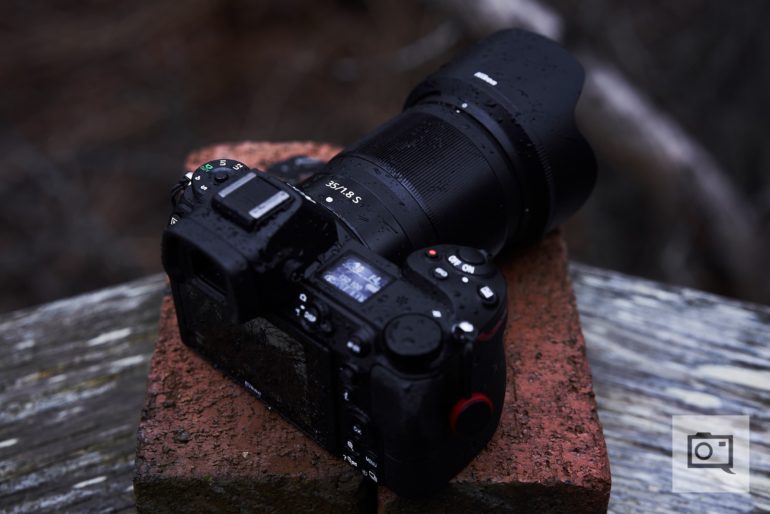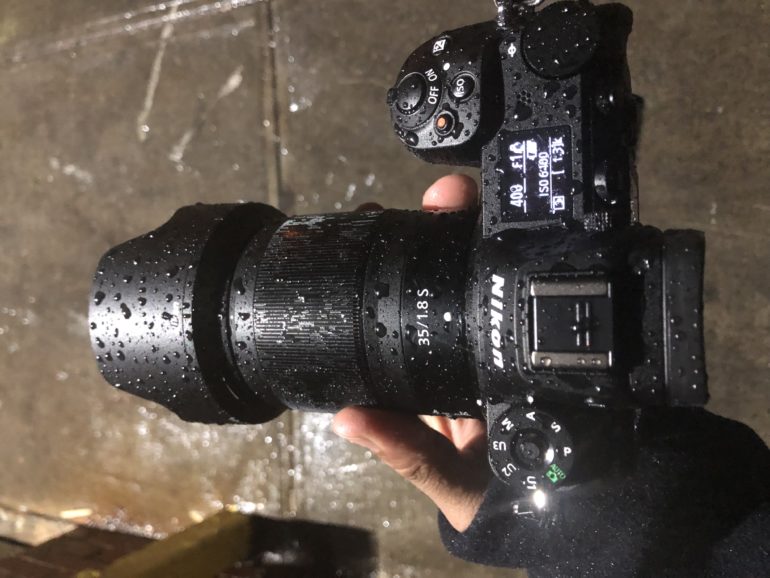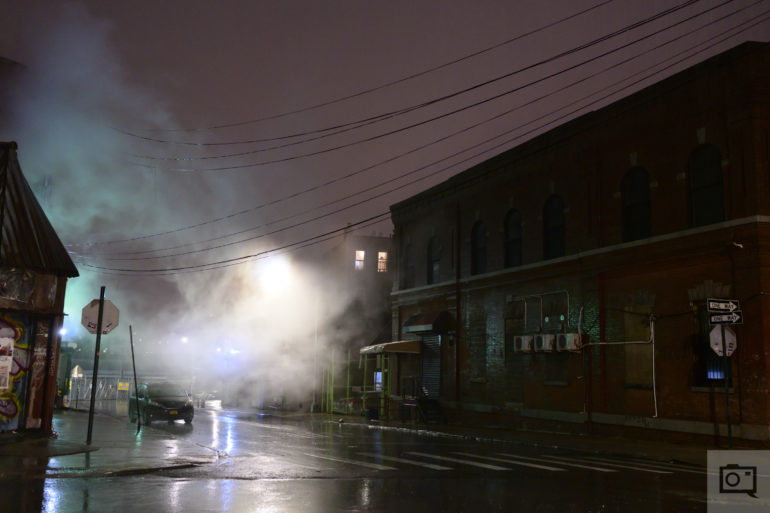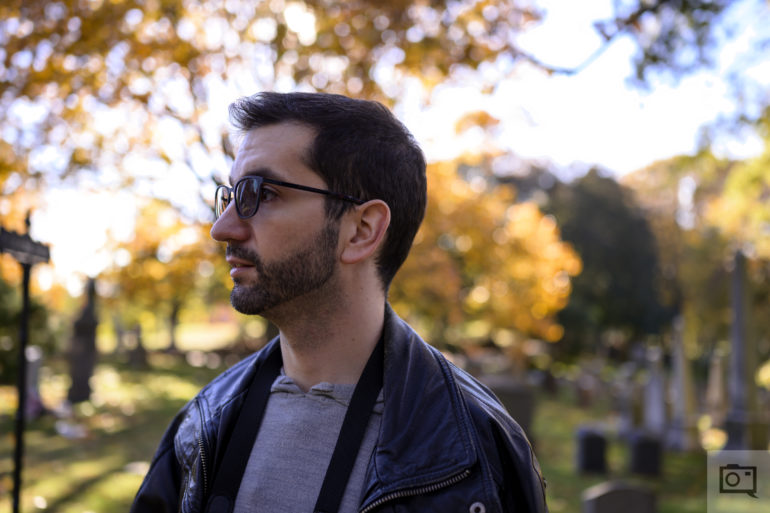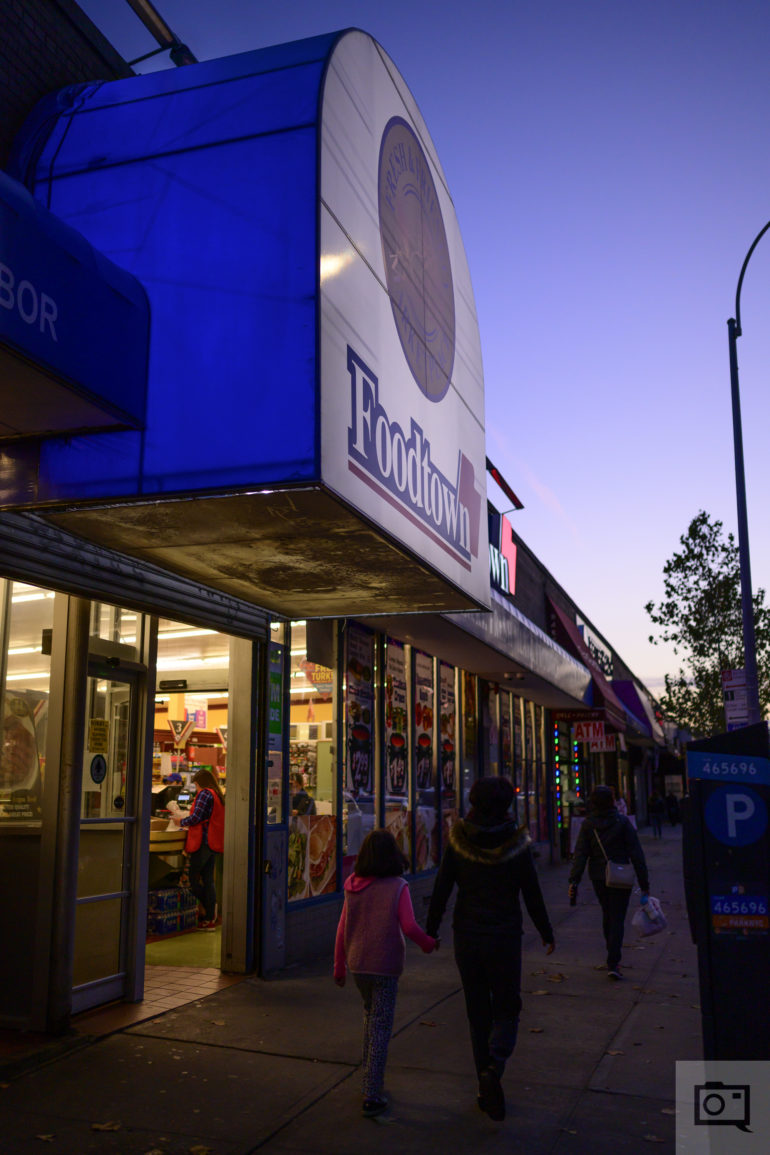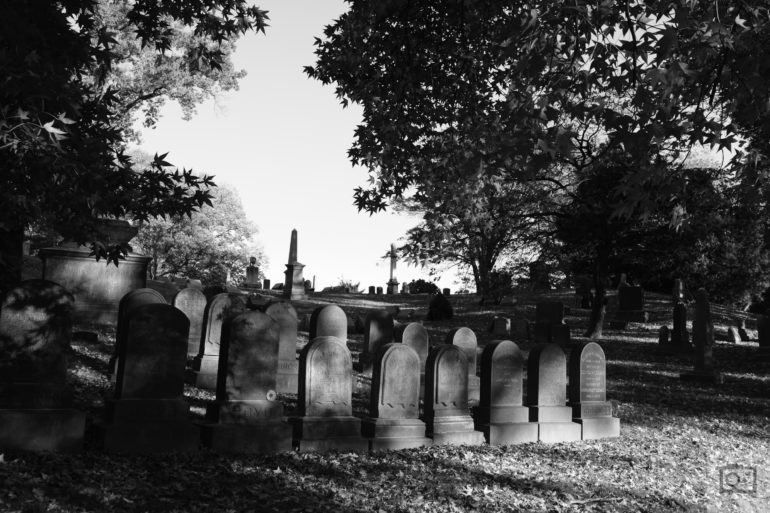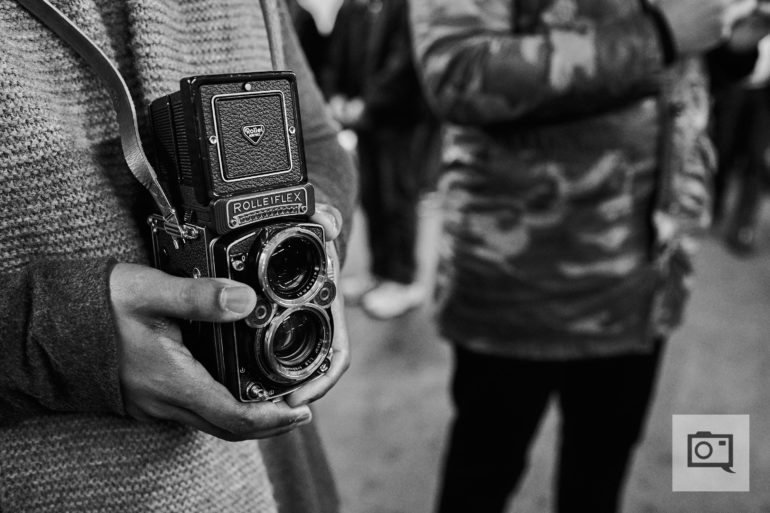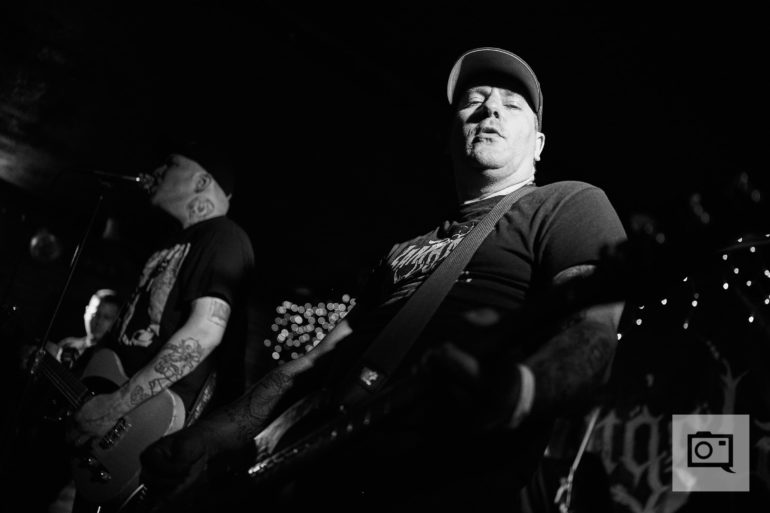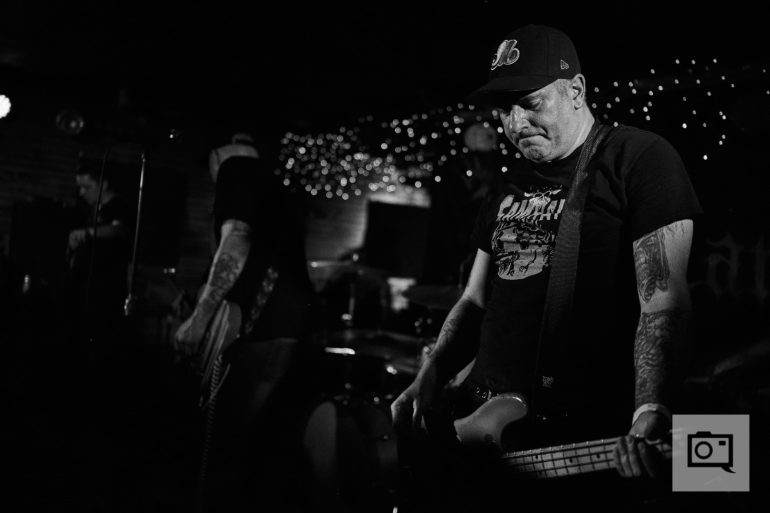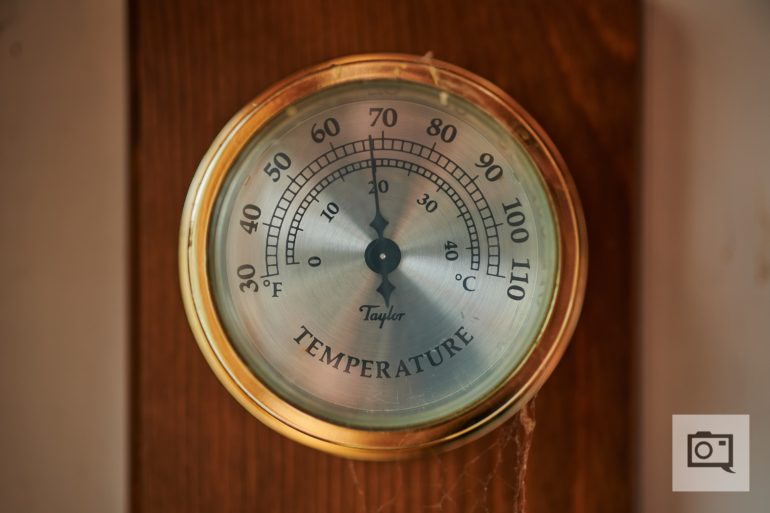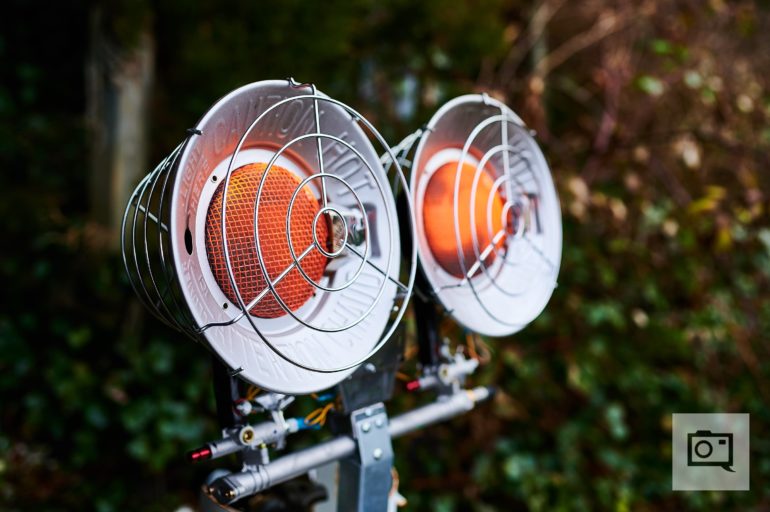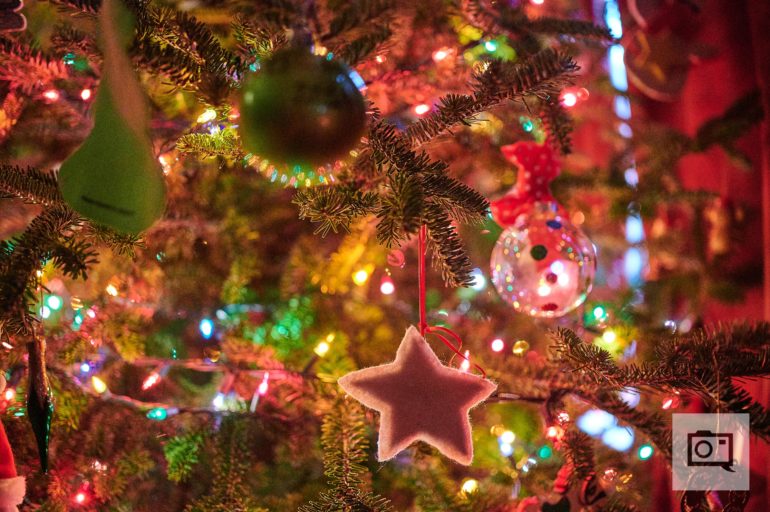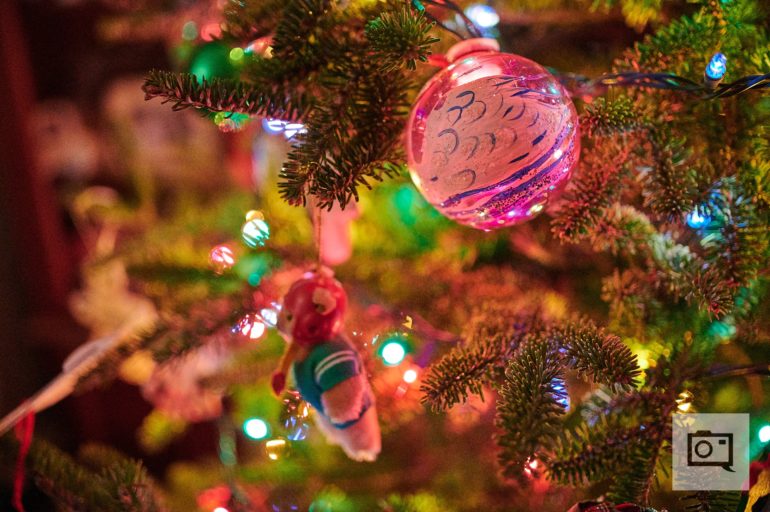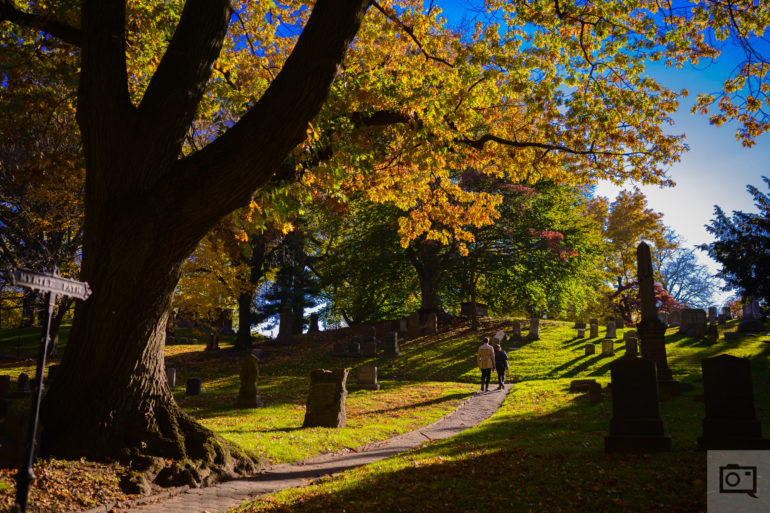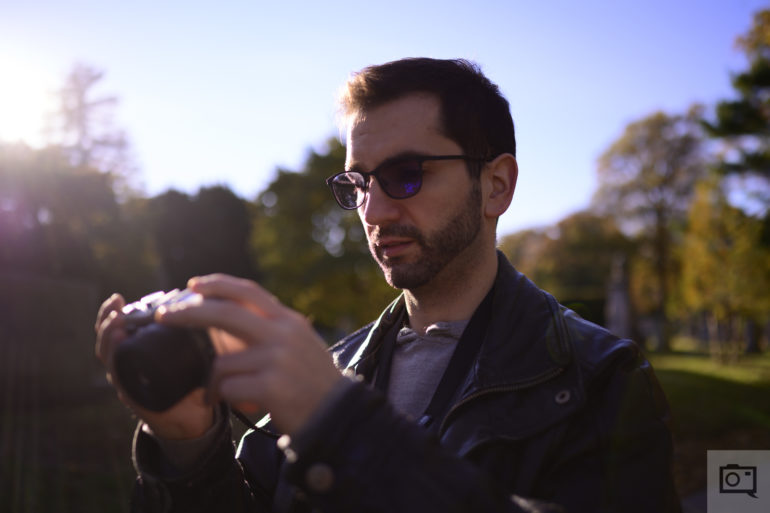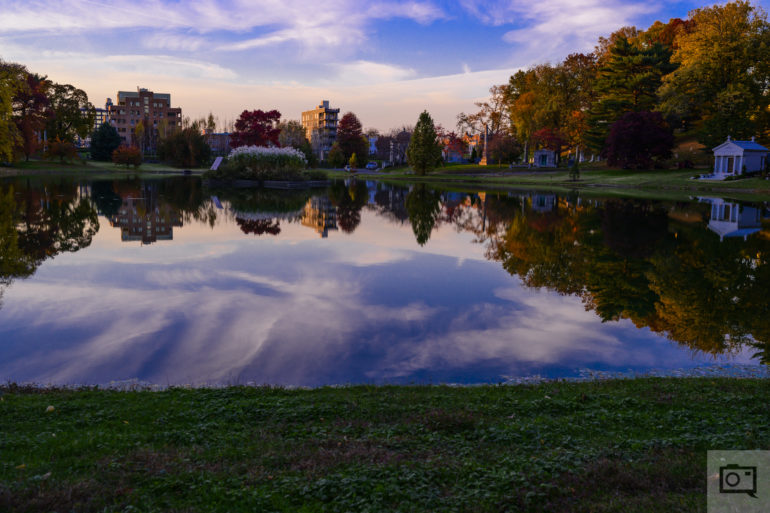Last Updated on 06/07/2021 by Chris Gampat
The Nikon Z 35mm f1.8 S is a compact, weather sealed lens that performs really well for the price.
During our testing with the Nikon z series of cameras, perhaps our favorite lens was the Nikon Nikkor Z 35mm f1.8 S. It can be argued that a camera system is only as good as the lenses available, and this is especially true when launching a brand new camera system–as is the case with the Nikon Z Mount series. One of three lenses that were announced at the launch of Nikon’s brand new Z Mount, the Nikon Z 35mm f1.8 S covers a popular focal length used by many photographers–suitable for street, landscapes, portraits, and a lot of other genres. Nikon was kind enough to send us a copy of the lens along with the brand new Z6 and Z7 cameras, and we put it through an exhaustive numbers of tests to see how well the lens performed.
Editor’s Note: Update as of June 7th. All updates in bold.
Editor’s Note: Additional reporting was done by EIC Chris Gampat.
Pros and Cons
Pros
- Robust weather sealing
- Excellent sharpness
- Compact and lightweight
- The autofocus improved because the camera bodies got better.
Cons
- More expensive than competing Full Frame 35mm f1.8 lenses, though it can be argued that it is the most feature packed and the best.
Gear Used
We tested the Nikon NIKKOR Z 35mm f1.8 S with the Nikon Z6 and Nikon Z7.
Tech Specs
Tech specs for the Nikon NIKKOR Z 35mm f1.8 S are taken from Nikon’s official product page.
| Mount Type | Nikon Z Mount |
| Focal Length | 35mm |
| Maximum Aperture | f1.8 |
| Minimum Aperture | f16 |
| Format | FX |
| Maximum Angle of View (DX-format) | 44° |
| Maximum Angle of View (FX-format) | 63° |
| Maximum Reproduction Ratio | 0.19x |
| Lens Elements | 11 |
| Lens Groups | 9 |
| Compatible Format(s) | FX |
| DX | |
| Diaphragm Blades | 9 |
| Distance Information | Visible in EVF with manual focusing |
| Nano Crystal Coat | Yes |
| ED Glass Elements | 2 |
| Aspherical Elements | 3 |
| Super Integrated Coating | Yes |
| Autofocus | Yes |
| AF Actuator | STM |
| Minimum Focus Distance | 0.82 ft. (0.25 m) |
| Focus Mode | Autofocus |
| Manual | |
| Rear Focusing | Yes |
| E-type | Yes |
| Filter Size | 62mm |
| Accepts Filter Type | Screw in |
| Approx. Dimensions (Diameter x Length) | 2.9 in. (73mm) x 3.4 in. (86mm) |
| Distance from camera lens mount flange when lens is retracted | |
| Based on CIPA guidelines | |
| Approx. Weight | 13.1 oz. (370 g) |
| Based on CIPA guidelines | |
| Lens Type | Prime |
Ergonomics
Constructed from a combination of metal and plastic, the Nikon NIKKOR Z 35mm f1.8 S is one of two prime lenses that were announced during the launch of Nikon’s brand new Z Mount. A plastic lens hood as well as plastic front and rear lens caps are included with the lens. The major control that you see on the Nikon NIKKOR Z 35mm f1.8 S is the massive focusing ring. This ring also acts as an ergonomic grip for the lens. This ring can also be customized for controls in the camera.
Moving towards the front of the lens, you will find NIKKOR branding along the top of the front element, while markings for the focal length (35mm), maximum aperture (f1.8), as well as the filter thread (62mm) can be found along the bottom. Luckily, this element is weather sealed and one doesn’t need a UV filter to complete the sealing.
Here’s the top side of the Nikon NIKKOR Z 35mm f1.8 S, where you will find the focal length (35mm), maximum constant aperture (f1.8), along with the alignment point to mount the lens onto a Z Mount camera body. As you can tell, it’s pretty compact.
Here’s a look at the left side of the Nikon NIKKOR Z 35mm f1.8 S, where you will find the Autofocus/Manual Focus toggle switch along with the NIKKOR S badge. That’s pretty much all that there is as far as controls go.
Finally, a look at the rear of the Nikon NIKKOR Z 35mm f1.8 S, where you’ll see all the connector pins as well as the rear element, as well as the gasket that helps maintain weather sealing when mounted to a Z Mount camera body.
Build Quality
Nikon claims that the Nikon NIKKOR Z 35mm f1.8 S is “extensively sealed against dust and moisture,” so we obviously had to put those claims to the test. We put the lens through a mixture of inclement weather conditions throughout the streets of New York City as well as in nature up in Cape Cod during late Fall/early Winter, and it never experienced any issues. We didn’t run into any problems operating the Customizable Control Ring or toggling the Autofocus/Manual Focus switch even when we had gloves on. Overall, we are confident that the Nikon NIKKOR Z 35mm f1.8 S will do just fine in the rain or snow, just don’t go taking it for a swim or anything.
Of any of the 35mm f1.8 lens options out there along with competing products, we’d place the most trust in the Nikon system. Canon’s 35mm f1.8 IS RF STM Macro isn’t weather sealed–and I genuinely don’t understand why. Perhaps Canon wanted to offer a more affordable option, but weather sealing for such a well built camera in the case of the Canon EOS R should have been a priority. In comparison to Sony’s 35mm f2.8 FE lens, Sony’s lens is weather resistant though not nearly the level that Nikon’s is. Sony’s lens doesn’t even have a rubber ring around the mount.
While the Nikon NIKKOR Z 35mm f1.8 S is very well built and can work in less than ideal conditions for most photographers, we need to comment on how the cameras perform. The Nikon Z6 does a better job when it comes to autofocusing, and when it comes to detail and overall image quality rendition, the Z7 was king when we made prints. So even though you may take it out into more rugged conditions and it is more sealed than Sony and Canon’s closest competing products, the cameras will still perform only adequately at best.
Ease of Use
The Nikon NIKKOR Z 35mm f1.8 S is a pretty straight forward zoom lens to operate, once you’ve got it mounted onto your Z Mount camera body, turn the camera on and fire away. If you’re allergic to manual focusing, you can even reassign the Customizable Control Ring so that you can use to adjust other settings instead like the aperture value. We expect most folks to totally disregard the massive ring, however.
Autofocus
While the autofocus performance of the Nikon NIKKOR Z 35mm f1.8 S is intrinsically linked to the performance of the Z Mount camera body upon which the lens mounted, it almost always acquired focus during our testing, albeit slower than we would have liked at times. While the autofocus speed leaves something to be desired, it will do just fine if your subject is relatively stationary. During our time with the lens, we found face detection/tracking performance to be comparatively sluggish when stacked up against offerings from competing manufacturers like Canon and Sony.
“Time after time, the Fujifilm XT2 focused quickly and nailed the focusing faster and more accurately than the Nikon did. Best of all it did it with ease. For budding concert photographers, I think that Fujifilm has what you need. I’ve had folks ask me about the autofocus system in low light and I really need to vouch for it after all those firmware updates.” – From our test
At one point, we put this lens on the Z7 and shot a concert with it while comparing it to Fujifilm’s option at the time. What we found is that Fujifilm outperformed Nikon.
Update June 2021. The Nikon 35mm f1.8 S lens hasn’t received a firmware update per se, but what it can do has surely improved. Nikon has made lots of firmware updates to their cameras and even released new ones. This lens was tested again on the Nikon Z5.
First off, we’re still in the tail end of a pandemic. So we didn’t take this lens out to a concert to test it out. But instead, we used it in very low light shooting street photography, food and other things. Because the cameras have improved, so too did the Nikon 35mm f1.8 S. It focuses much faster in low light now and face detection has greatly improved. However, Nikon is really only good at single focusing, not continuous and not tracking. So if you want to do street photography, try to get the photo in the first shot.
Acquiring a subject is also pretty fast now too.
In comparison to other systems, Nikon is still behind. Fujifilm is great in low light. And if we’re looking at their fastest focusing cameras, then we’re considering the GFX 100S and the XT4. Both of Fujifilm’s cameras are faster. So too then are their lenses at this point. Even Leica SL and Panasonic L mount cameras can focus faster with similar lenses.
Still though, the Nikon 35mm f1.8 S is surely usable. But I wouldn’t rely on it for critical and very important work where I’m very stressed.
Image Quality

35mm is a versatile focal length popular among many photographers, suitable for street, landscapes, portraits, and many other genres of photography, so it made a lot of sense for Nikon to introduce the Nikon NIKKOR Z 35mm f1.8 S as one of the first lenses for the Z Mount system. Overall, we found the image quality of the lens to be damn good. It’s sharp, has creamy bokeh, and doesn’t really give you an sort of issues when it comes to the image quality. Couple this with the lens being very compact and you’ve got a great product.
Bokeh

Most photographers will find the bokeh produced by the Nikon NIKKOR Z 35mm f1.8 S to be pleasing, thanks to the lens design that features 11 elements in 9 groups coupled with 9 aperture blades–therefore allowing you to separate your subject from the background nicely. Some will argue that the bokeh produced by this lens lack character, but that’s honestly a matter of personal preference. When we printed the photo above, we were very pleased with how it looked.
Chromatic Aberration
During our tests with the Nikon NIKKOR Z 35mm f1.8 S, we didn’t detect any significant color fringing or any other types of chromatic aberration in the images we captured using this lens. Nothing to see here, so let’s move on. Of course, when it comes to matters of distortion, what’s presented are all the other problems that one may face with a 35mm lens.
Color Rendition
Overall, the colors produced by the Nikon NIKKOR Z 35mm f1.8 S are accurate, albeit characteristically Nikon. You may detect a slight green tint to your images if you’re shooting with Auto White Balance, but it’s pretty easy to correct in post as long as you’re shooting RAW. For the most part, you will achieve the most accurate results when shooting in Daylight White Balance (5500K) or Tungsten White Balance (3200K).
Generally speaking, we also saw more lively and attractive color come from the Nikon z7 in Vivid color mode than with the Nikon Z6. So if what you’re after is better color the way that many of us who go for higher megapixel cameras are, then the Z7 might be the better option for you.
Sharpness
Images produced by the Nikon NIKKOR Z 35mm f1.8 S are very sharp, with a very slight falloff in sharpness when you move towards the extreme edges of the frame. As long as the autofocus on your Z6 or Z7 nails focus, you’re good to go. Perhaps that’s honestly the bigger problem here–simply getting the focusing right.
Additional Image Samples
Conclusions
Likes
- Weather sealing
- Produces sharp images
- Compact and lightweight
Dislikes
- Considerably pricier than competing Full Frame 35mm f1.8 lenses
As one of two prime lenses currently available for Nikon’s brand new Z Mount, the Nikon NIKKOR Z 35mm f1.8 S features excellent weather sealing in a compact, lightweight package. Aside from Canon, who makes a 35mm f1.8 Macro for their RF Mount, no other Full Frame Mirrorless system currently on the market have a 35mm f1.8 lens in their lineup–but for Sony the closest option would be the f2.8 FE lens. Compared to the Canon RF 35mm f1.8 Macro IS STM, which retails for US $499.99, the MSRP of US $849.95 that Nikon is asking for their NIKKOR Z 35mm f1.8 S is almost double. However, Nikon adds in weather sealing and remains arguably more compact. Despite the hefty price tag, Nikon’s 35mm performed reliably overall, with only occasional hiccups occurring thanks to the Z6 and Z7’s lackluster autofocus performance. If you are an existing Nikon shooter looking to finally go mirrorless, and you’ve got a F Mount AF-S NIKKOR 35mm f1.8G ED in your kit or a Tamron 35mm f1.8 Di VC USD already, you’re honestly better off adapting that lens using an FTZ adapter. In the case of Tamron, you’ll get weather sealing too. If you’re making the switch from a different camera manufacturer, however, the Nikon NIKKOR Z 35mm f1.8 S is the only Z Mount 35mm lens currently available on the market. Since Nikon currently doesn’t have any other 35mm lenses on their Z Mount lens roadmap, this lens will be the only 35mm option for Nikon Z Mount shooters for quite some time.
The Nikon NIKKOR Z 35mm f1.8 S earns Four out of Five Stars.


